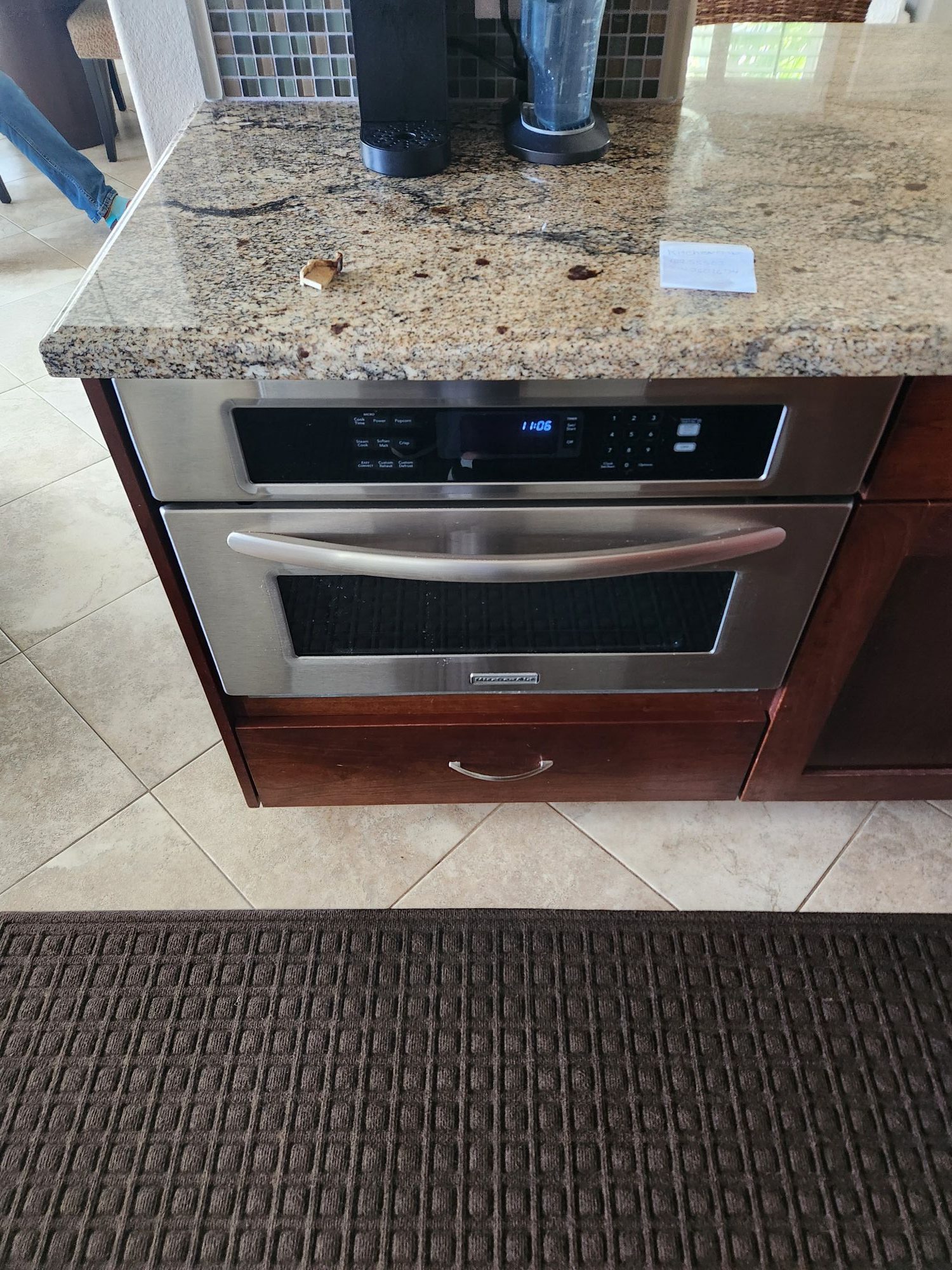The oven is an essential tool in any kitchen, ensuring your meals are cooked to perfection. But what happens when it doesn’t heat up to the desired temperature? Undercooked meals and frustration can quickly follow. If you’re experiencing this problem, don’t worry. Here’s a detailed look at why your oven might not reach the set temperature and how to address the issue.
- Malfunctioning Heating Elements
Most ovens use both a bake element (bottom) and a broil element (top) to regulate heat. If either of these components is damaged or burned out, the oven may struggle to reach or maintain the required temperature.
Signs to Look For:
– Unevenly cooked food.
– Visible damage or discoloration on the heating element.
Solution: Inspect the elements visually. If one looks damaged, it likely needs replacement by a professional.
- Faulty Thermostat or Temperature Sensor
The thermostat and temperature sensor monitor and regulate the oven’s internal temperature. If these components malfunction, your oven might heat inconsistently or fail to reach the set temperature.
Signs to Look For:
– The oven’s temperature doesn’t match the setting.
– The temperature fluctuates during cooking.
Solution: A technician can test the sensor and thermostat for accuracy and replace them if necessary.
- Calibration Issues
Over time, ovens can lose their calibration, meaning the temperature you set doesn’t match the actual internal temperature.
How to Test Calibration:
– Use an oven-safe thermometer to measure the actual temperature.
– Compare it to the set temperature.
Solution: Many ovens allow for recalibration through the control panel. If not, a professional can assist in making adjustments.
- Damaged Door Seal or Hinges
The oven door must close tightly to retain heat. If the door seal is cracked, torn, or loose, or if the hinges are misaligned, heat can escape, preventing the oven from reaching the desired temperature.
Signs to Look For:
– The oven feels cooler near the door.
– The door doesn’t close snugly.
Solution: Replace the door seal and ensure the hinges are aligned correctly.
- Problems with the Control Board
The electronic control board manages all the oven’s functions, including heating. A malfunction in the board can lead to incorrect temperature readings or failure to heat properly.
Signs to Look For:
– Unresponsive or erratic temperature settings.
-Inconsistent heating cycles.
Solution: A trained technician can diagnose and replace the control board if necessary.
- Gas Supply Issues (for Gas Ovens)
For gas ovens, inadequate gas flow or a defective igniter can prevent the oven from reaching the desired temperature.
Signs to Look For:
– The burner doesn’t ignite or takes a long time to light.
– The flame appears weak or irregular.
Solution: Check the gas line for blockages and have a professional inspect the igniter.
- Blocked Vents or Air Circulation Problems
Proper airflow is crucial for maintaining consistent heat inside the oven. Blocked vents or fan issues can disrupt the heating process.
Signs to Look For:
– Uneven cooking results.
– Noisy or non-functioning fan.
Solution: Clean the vents and ensure the fan is operational. If problems persist, call a technician.
Why Professional Repairs Are Essential
While some minor issues can be resolved with simple troubleshooting, most require professional expertise to ensure your oven is safe and functional. Attempting DIY repairs can often lead to further damage or safety risks.
Preventing Future Issues
To keep your oven running smoothly:
– Regularly clean the oven and its components.
– Avoid slamming the door to preserve the seal and hinges.
– Schedule annual maintenance with a professional technician.
– Get Your Oven Back to Perfect Performance!
If your oven isn’t reaching the desired temperature, don’t let it ruin your cooking experience. HOME APPLIANCE SERVICE CENTER is here to help. Our skilled technicians can quickly diagnose and resolve the issue, ensuring your oven operates at peak performance.
Contact us
 619-928-5000
619-928-5000  Request Service
Request Service 
